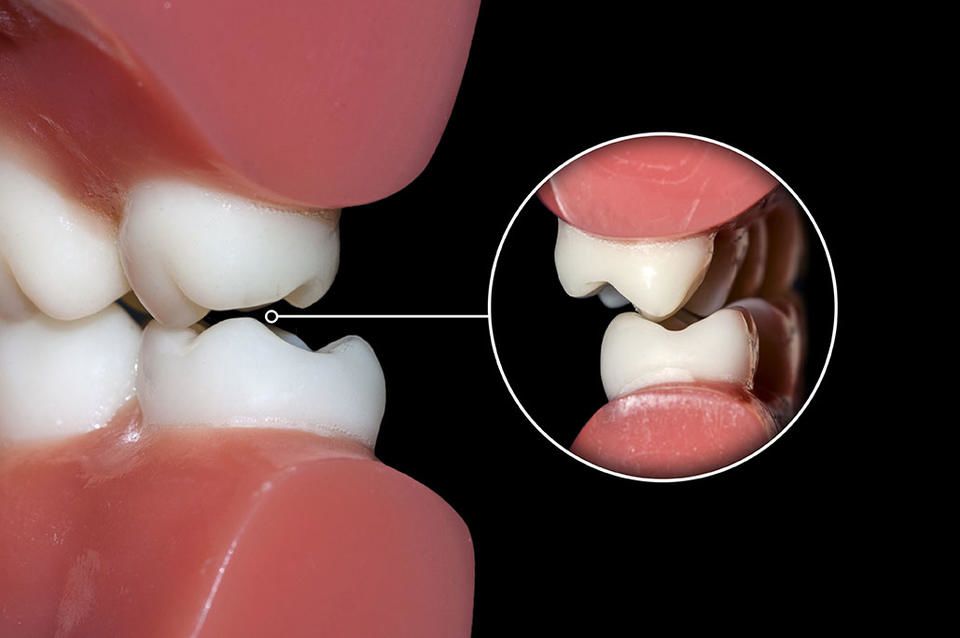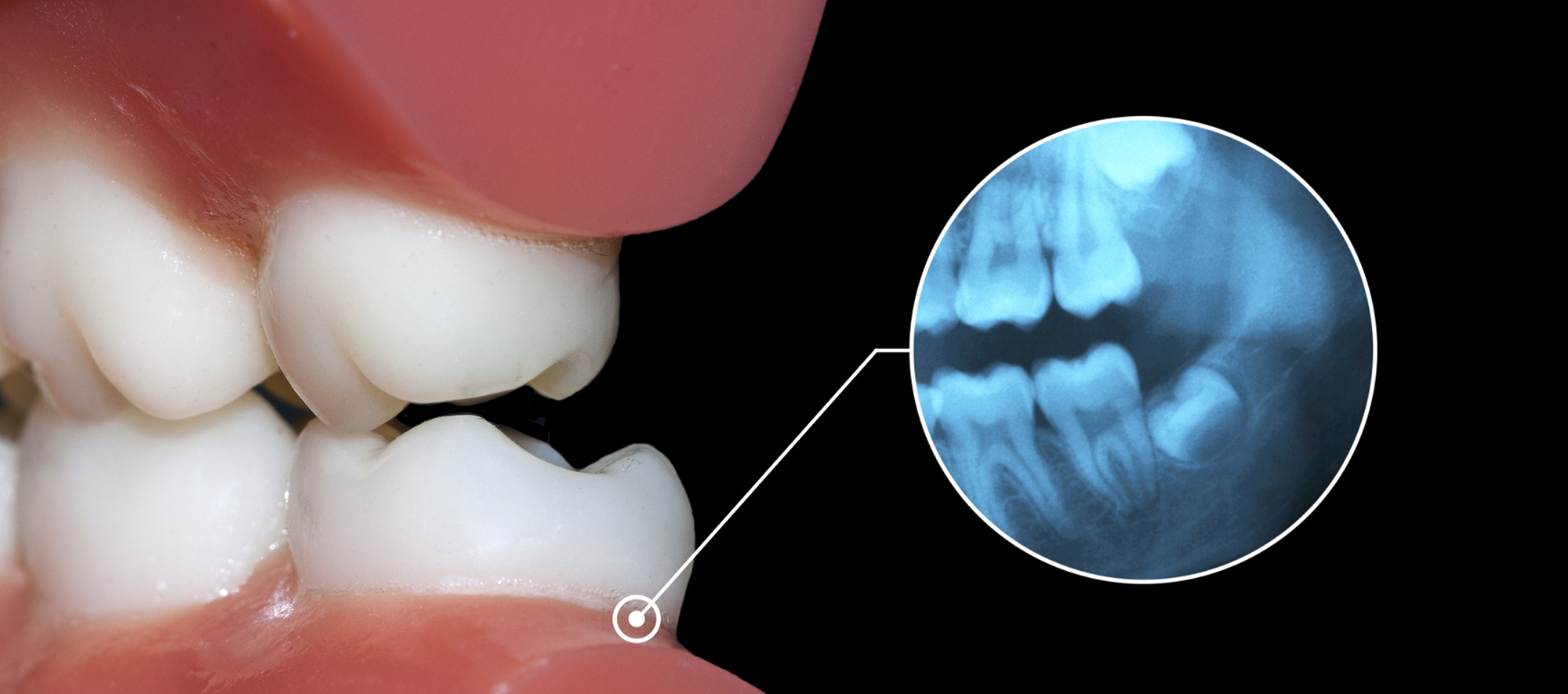Common Signs You Might Need an Occlusal Adjustment
Introduction
Are you experiencing discomfort or pain in your jaw, teeth, or face? Do you find it difficult to chew or speak properly? These could be signs that you might need an occlusal adjustment. Occlusal adjustment, also known as bite adjustment, is a dental procedure that aims to correct the alignment of your bite. In this blog post, we will discuss some common signs that indicate the need for an occlusal adjustment and how it can benefit your oral health.
What is an Occlusal Adjustment?
An occlusal adjustment is a dental procedure that involves reshaping the biting surfaces of your teeth to improve the way they fit together. This adjustment aims to correct any misalignment or imbalance in your bite, also known as malocclusion. By making these adjustments, your dentist can help alleviate various dental issues and improve your overall oral health.
Signs that Indicate the Need for an Occlusal Adjustment
1. Frequent Headaches or Migraines
If you experience frequent headaches or migraines, it could be a sign that your bite is misaligned. When your teeth do not fit together properly, it can put excessive pressure on certain areas, leading to chronic headaches or migraines. An occlusal adjustment can help redistribute the forces evenly, relieving the strain on your jaw joints and reducing headache frequency.
2. Jaw Pain or Discomfort

Do you often experience jaw pain or discomfort? This could be due to an uneven bite. When your teeth do not align correctly, it can strain your jaw muscles and joints, leading to pain, clicking sounds, or difficulty in opening and closing your mouth. An occlusal adjustment can help realign your bite, reducing jaw pain and improving overall jaw function.
3. Teeth Grinding or Clenching
Teeth grinding or clenching, also known as bruxism, can cause significant damage to your teeth and jaw joints. If you notice worn-down tooth surfaces, chipped teeth, or jaw soreness, it may be a sign that you need an occlusal adjustment. By correcting your bite alignment, an occlusal adjustment can help alleviate the excessive forces that contribute to teeth grinding or clenching.
4. Tooth Sensitivity
Do you experience tooth sensitivity when consuming hot or cold foods and beverages? Misaligned teeth can cause uneven pressure distribution, leading to enamel wear and increased tooth sensitivity. An occlusal adjustment can help improve the balance of your bite, reducing tooth sensitivity and protecting your enamel.
Summary
If you are experiencing any of the following signs, it might be time to consider an occlusal adjustment:
- Chronic jaw pain or discomfort
- Frequent headaches or migraines
- Teeth grinding or clenching (bruxism)
- Uneven tooth wear
- Difficulty chewing or speaking
An occlusal adjustment can help alleviate these symptoms by ensuring that your upper and lower teeth meet properly when you bite down. By adjusting the alignment of your bite, the pressure on your jaw joints and muscles is distributed more evenly, reducing pain and discomfort. Additionally, a properly aligned bite can prevent further damage to your teeth and gums caused by grinding or clenching.
If you are experiencing any of these signs, it is important to consult with your dentist. They will be able to evaluate your bite and determine click here for more if an occlusal adjustment is necessary. Remember, a healthy bite is crucial for overall oral health and can greatly improve your quality of life.
- Q: What are some common signs that indicate I might need an occlusal adjustment?
- A: Some common signs include frequent headaches, jaw pain or discomfort, worn or cracked teeth, difficulty chewing or biting, and a clicking or popping sound in the jaw joint.
- Q: How can I tell if my bite is misaligned?
- A: Signs of a misaligned bite include teeth that don’t fit together properly, uneven tooth wear, teeth that feel sensitive or loose, and difficulty in closing your mouth comfortably.
- Q: What causes the need for an occlusal adjustment?
- A: The need for an occlusal adjustment can be caused by various factors such as teeth grinding or clenching, dental restorations that don’t fit correctly, tooth loss, or a misaligned jaw.
- Q: How is an occlusal adjustment performed?
- A: An occlusal adjustment is performed by carefully reshaping the biting surfaces of the teeth using dental instruments. This process helps to create a more balanced and even bite.
- Q: Is an occlusal adjustment a painful procedure?
- A: No, an occlusal adjustment is typically painless. Your dentist will ensure that you are comfortable throughout the procedure by using local anesthesia if necessary.
- Q: How long does it take to recover from an occlusal adjustment?
- A: The recovery time for an occlusal adjustment is minimal. You may experience some temporary sensitivity or soreness in the treated areas, but it should subside within a few days.

Welcome to my website! My name is Ryan Sullivan, and I am a dedicated and experienced dental assistant. With a passion for oral health and a commitment to providing exceptional patient care, I am thrilled to share my knowledge and expertise with you.
